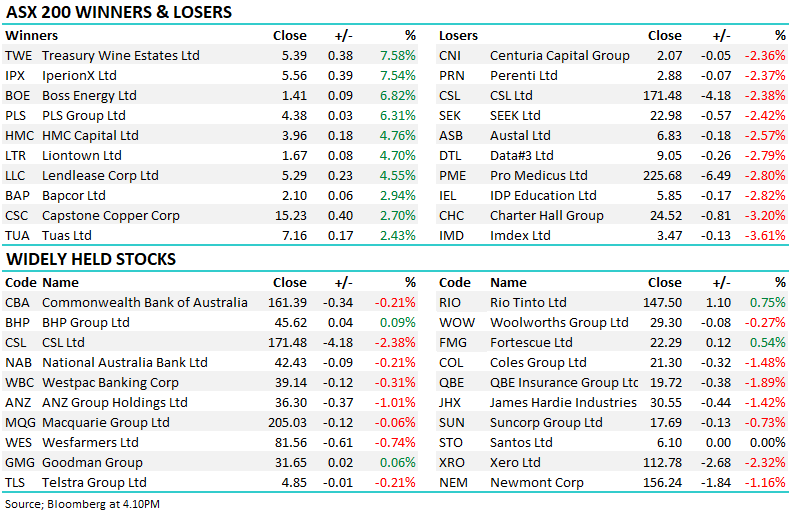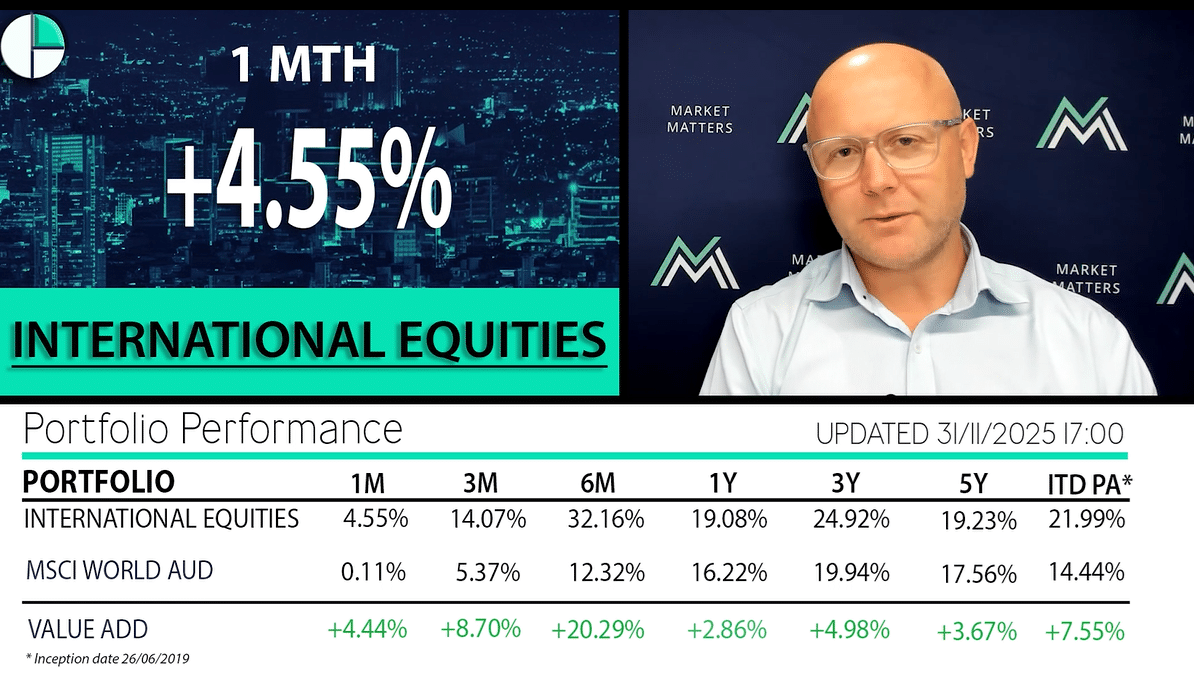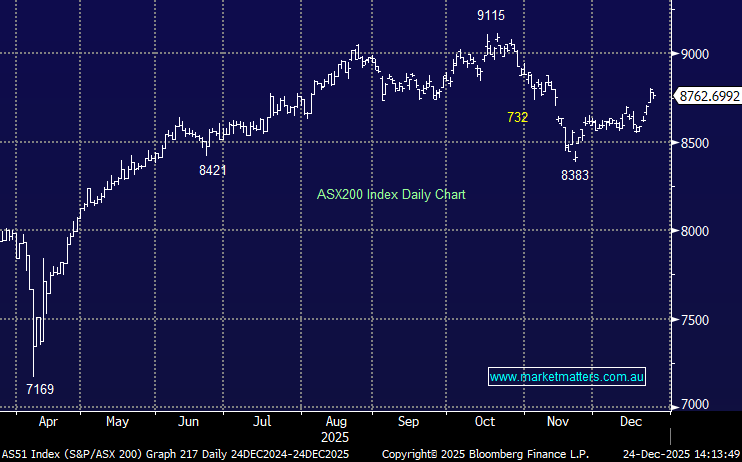Hi Carl,
Different types of businesses report in different ways, the key really to us is comparing apples to apples. Using the same metric (and tracking that metric) over time to develop a picture of where the business might head in the future in key, whats happening now is the easy part!
Net Profit After Tax is the purest measure, though it factors in things like depreciation which will be different for different businesses depending on the types of assets that power their earnings, so it’s not as good for seeing the actual cash being generated (or not). EBIT &/or EBITDA strips out the impact of these, so is actually one of our preferred measures for most companies. That said, all of the above can be manufactured to some degree, money in the bank is what counts, so free cash flow is up there for us and it shows the truth of a company’s performance
I’ve ready Joe Aston’s book on Qantas and it’s a cracker. The point he makes very well and this is something we take note of, is changes to how a company reports are a red flag, which was the case with Qantas. Underlying results have become popular because they are meant to strip out anomalies for that particular period, the issue though is that companies are stripping out things that keep re-occurring, calling them anomalies when they are not.
Understanding a companies financials is more art than science in our view. We look for incremental changes across metrics, but in reality, there is always an element of trust in management that they are being forthright in their results.
We like the measure Annual Recurring Revenue (ARR) when it is overlaid with a look at metrics on customer lifespan or churn – in other words, when $1 of ARR is captured, how long does that typically last.
There is ultimately not one answer to your question, not one holy grail, however, comparing prior results to current results using the same metrics, and prior management commentary relative to current commentary is something we place a lot of importance on.
















